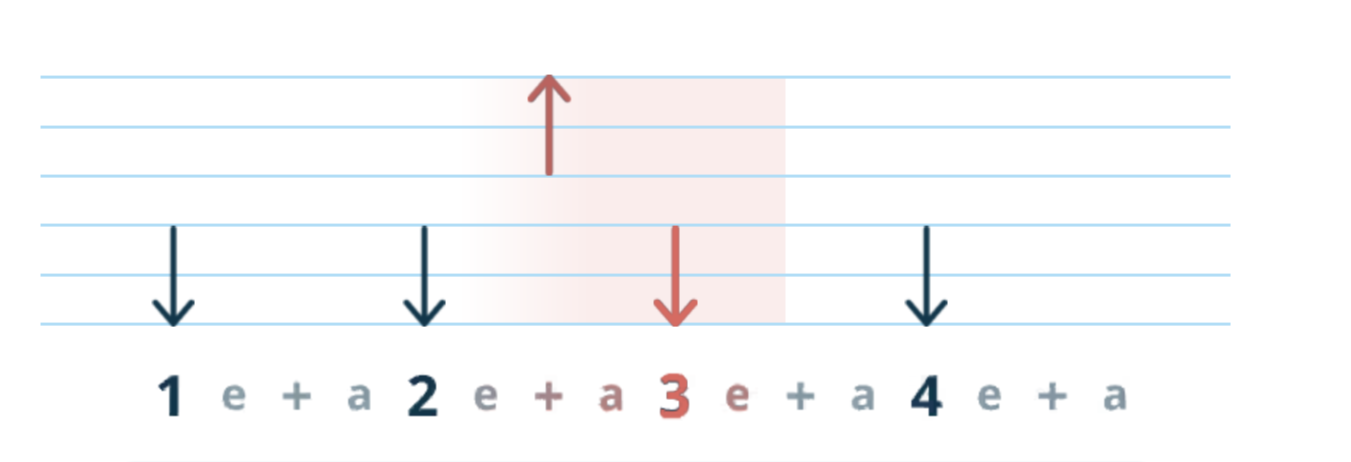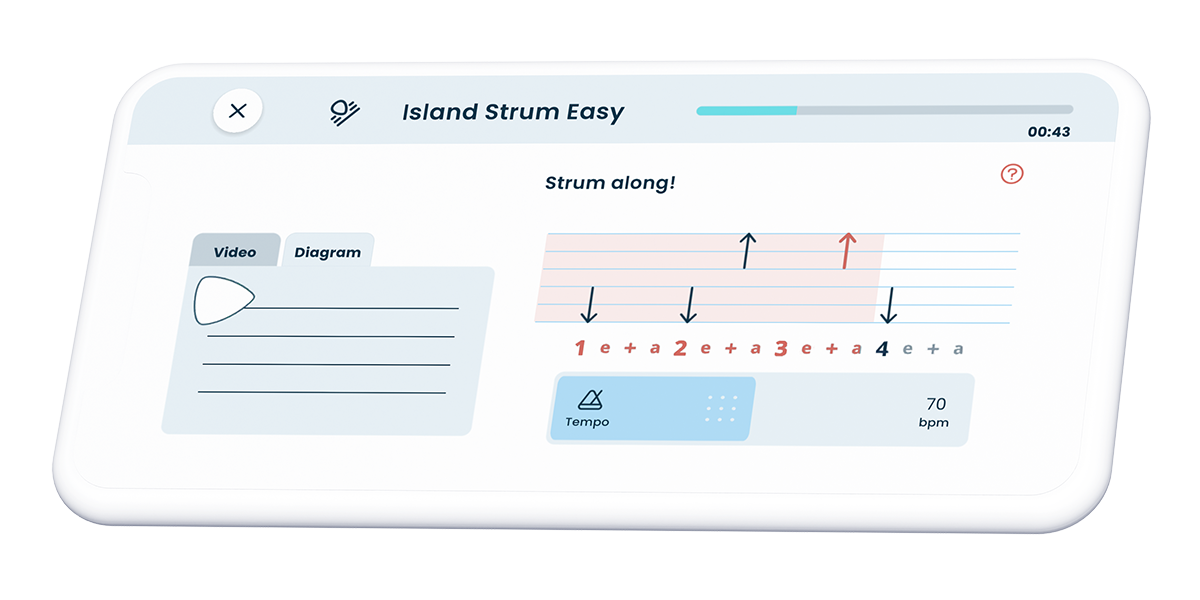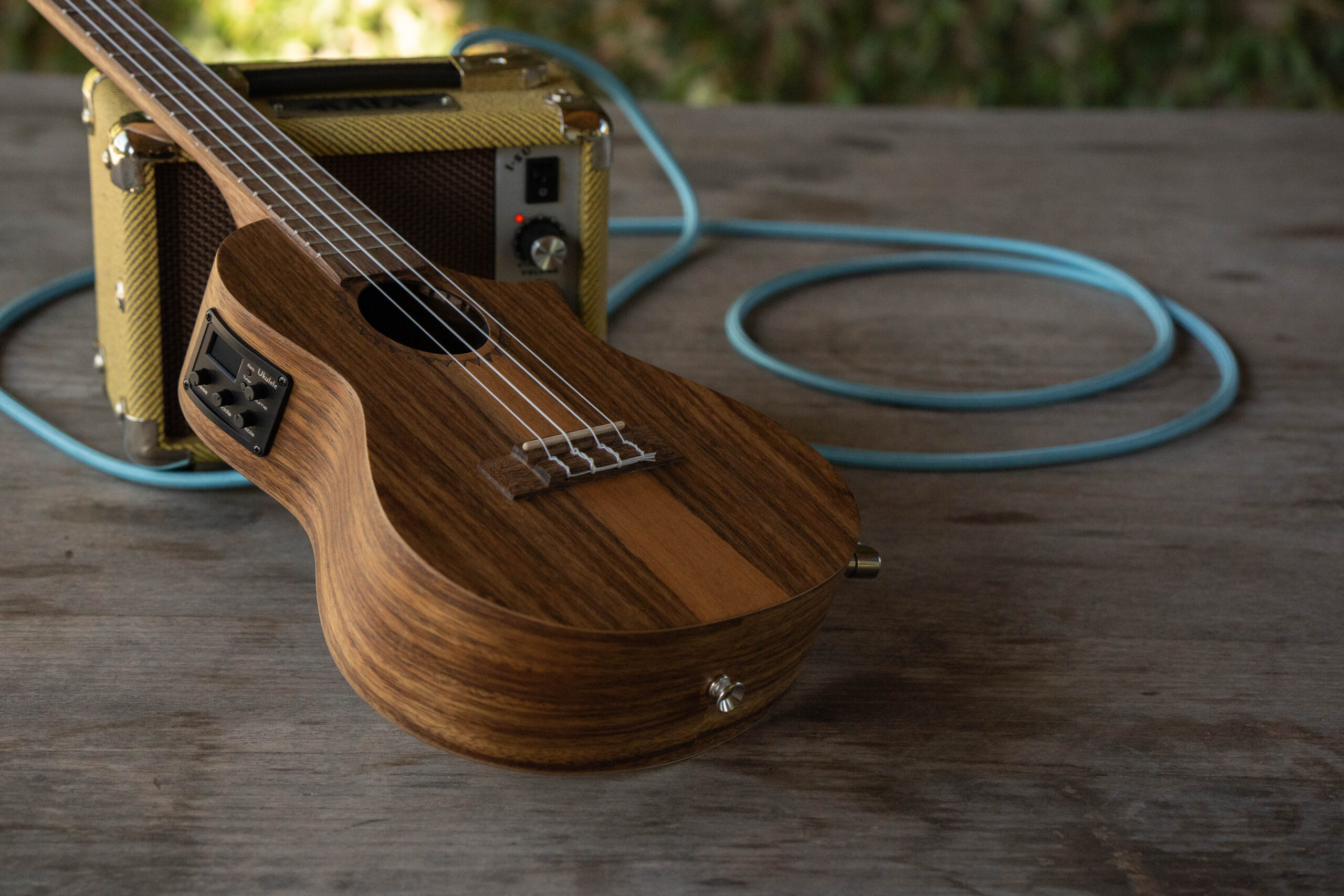So, you’ve learned a few chords on your ukulele — awesome! Now comes the fun part: strumming.
Strumming brings your playing to life. It adds rhythm, texture, and personality to even the simplest songs. But if you’re a beginner, it can feel a little confusing at first — when to strum down or up, how to keep a steady rhythm, and which pattern to use.
Don’t stress. This guide will walk you through the most popular beginner ukulele strumming patterns, how to practice them, and when to use each one. With a little consistency, you’ll be strumming confidently in no time.
What Is a Ukulele Strumming Pattern?
A strumming pattern is a repeated sequence of down and up strums.
It’s what gives a song its rhythm and feel — whether it’s slow and dreamy or upbeat and dancey.
In chord diagrams and tutorials, strumming patterns are usually written like this:
D-DU-UDU
Each letter stands for a motion:
D = Down strum
U = Up strum
– line or a space means you don’t strum on that beat
Arrows or rhythm slashes can also be used, depending on the style of notation.
How to Strum Properly (Without Hurting Your Wrist)
Strumming on ukulele is less about force and more about flow.
Here’s how to get started:
Loosen up your strumming hand — Your wrist and arm should be relaxed, not stiff.
Use your index finger or thumb — You don’t need a pick.
Strum across all four strings — Aim for smooth, even sound.
Find the pulse of the music and sync your down strums to it
Practice in front of a mirror — Helps you stay loose and in rhythm.
Imagine you’re brushing crumbs off a table. That’s the kind of motion you want for strumming.
5 Easy Ukulele Strumming Patterns for Beginners
These tried-and-true patterns work with hundreds of songs. Start slow, count out loud, and practice switching between chords using each one.
1. On the Beats

Simple down strum pattern: D – D – D – D –
Great for: Total beginners
Find the pulse of the music and play a down strum on each beat
Tip: Tap your foot to stay in time
2. Add some up strums


Here is another, slightly different, simple strumming pattern with a simple upstroke:
D – D – D U D –
Strum when your hand is on it’s way up in between down strums = up strums!
You can place an up strum after any down strum(s) to form your own patterns
Be creative! Keep your hand moving, and if you miss a beat, just keep going
3. Island Strum

Pattern: D – D U – U D U
Super popular in Pop, Hawaiian-style songs and all kinds of music!
In this one, you’ll skip one down strum – keep your hand moving but just don’t hit the strings
Sounds laid-back and breezy
4. Basic Shuffle
“Swing Strum” Pattern: D-UD-UD-UD-U
Keep the down strums as they are, but delay your up strums
Think as if one beat was divided into three and the up strum is on the last bit (1-e-A-2-e-A)
This rhythm is called “swing” or “shuffle”, and it’s common in blues, jazz, reggae and pop
Practice slowly before increasing speed
5. Basic Rock Strum (“Up After 3”)
Pattern: D – D – D – D U D – D – D – D U
Double the amount of down strums per bar
Try playing the strum on the 3rd beat a little louder for extra groove
How to Practice Strumming (Without Getting Bored)
Loop one chord – Practice patterns on C or Am until it feels natural. You can also mute the strings to ignore the fretting hand.
Use a metronome – Start at 60 bpm and increase gradually.
Strum along with a song – Choose slow, repetitive songs at first.
Record yourself – Listening back helps you catch mistakes.
Use the Kala App – Follow along with visual tutorials and guided rhythm practice.
Use it daily for 10–15 minutes, and you’ll see massive improvement in your strumming coordination.
Strumming Practice in the Kala Ukulele App
The Kala Ukulele App isn’t just for chords and tuning — it includes:

A full Learning Path taking you through strumming tutorials
Bite-sized lessons and teacher-designed exercises
Possibility to slow the tempo down
A huge library of popular beginner songs with guide patterns
Visual rhythm trackers to improve timing
FAQs:
Beginner Ukulele Strumming
Start with just down strums on every beat. It builds rhythm and confidence before adding ups and syncopation.
Try loosening your wrist and lightening your touch. Strumming is more about rhythm than force.
Yes! Even if you’re not strumming on a beat, your hand should stay in motion to keep time and improve muscle memory.
You can, but most ukulele players use their fingers (index or thumb). It gives you more control and a warmer sound.
Absolutely. It includes visual guides, tempo control, and follow-along tutorials to help you learn and perfect patterns at your own pace.
🎵 Let’s Get Strumming!
Strumming is where your ukulele journey really starts to sound like music. It might feel a little awkward at first, but keep practicing — even 10 minutes a day makes a difference. Use the patterns in this guide, tap into the Kala App, and start jamming with your favorite songs.
Whether you’re chilling on your porch, learning in your bedroom, or taking your uke to the beach — your strumming style is what brings it to life.
You’ve got this. Let’s play!


